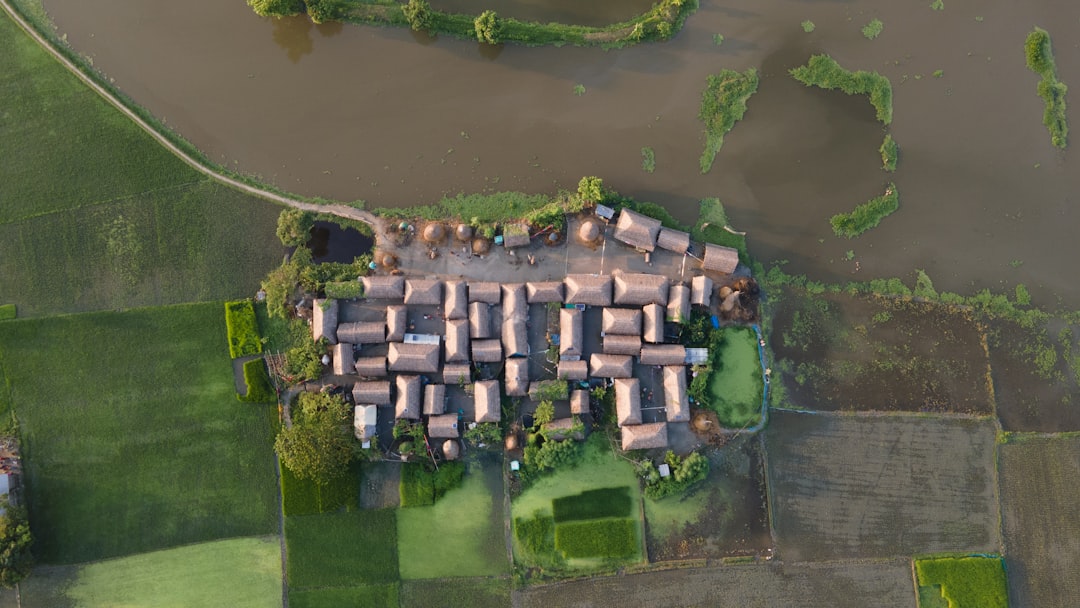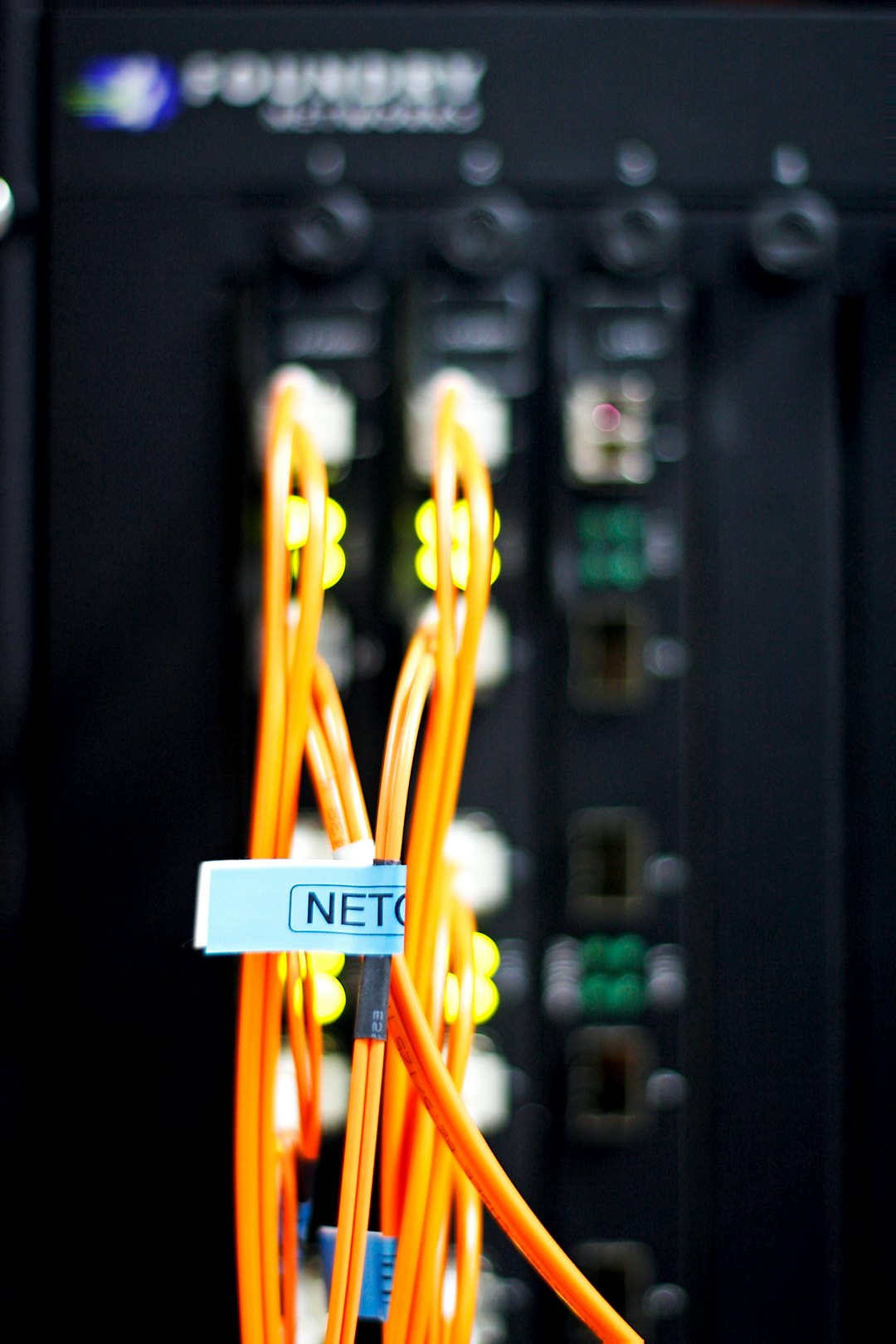In recent years, the advent of artificial intelligence has transformed countless industries, from healthcare and finance to manufacturing and agriculture. Among these transformative changes, one of the most significant yet often understated shifts is occurring in the field of geospatial data analysis. The integration of Area AI—a specialized application of AI focused on spatial interpretation and real-time geographic insights—is fundamentally redefining how organizations collect, interpret, and act on location-based data.
Geospatial data has always played a critical role in planning and decision-making across domains such as urban development, environmental monitoring, disaster response, and logistics. What makes Area AI so revolutionary is its ability to interpret complex spatial datasets at scales and speeds previously unattainable using traditional GIS (Geographic Information Systems) tools. As a result, Area AI is making geospatial intelligence faster, smarter, and more actionable than ever before.
What is Area AI?
Area AI refers to the deployment of artificial intelligence—particularly machine learning (ML) and deep learning algorithms—to analyze spatially referenced data. This includes satellite imagery, drone footage, location sensors, demographic databases, and even social media check-ins. By processing such inputs, Area AI can identify patterns, make predictions, and generate real-time insights that human analysts would struggle to produce manually or in a reasonable timeframe.
Unlike conventional methods that rely heavily on manual data interpretation and static mapping, Area AI leverages neural networks and computer vision to:
- Automatically detect and classify land use types
- Identify changes in physical infrastructure over time
- Predict environmental changes with high accuracy
- Analyze movement patterns across regions
- Enable predictive maintenance in urban infrastructure
This evolution from traditional GIS to AI-driven processes is what sets Area AI apart in modern geospatial analysis.
Real-World Applications of Area AI
The impact of Area AI extends across a variety of sectors, revealing its broad viability and practical importance. Here are several key areas where its application is making a profound difference:
1. Urban Planning and Infrastructure Development
City planners and civil engineers today often must make long-term decisions based on limited insight into evolving urban landscapes. Area AI tools, which can process real-time satellite data and IoT feeds, offer deep insights into traffic flow, building density, green space distribution, and utility demands. These AI models can simulate various planning scenarios, optimize zoning strategies, and proactively manage infrastructure stress points.

2. Environmental Monitoring and Conservation
Conservation efforts typically require painstaking observation and manual data gathering to assess ecosystem health. With Area AI, satellite and aerial imagery can be instantly analyzed to detect deforestation, monitor glacier retreat, assess wildfire damage, and track animal migration routes. AI algorithms trained on specialized datasets are now capable of quantifying carbon sequestration levels and predicting ecological degradation before it occurs.
3. Disaster Management and Emergency Response
In times of natural disaster, timing and accuracy are crucial. Area AI provides emergency responders with up-to-the-minute insight into flood patterns, fire spread, collapsed infrastructure, and displaced populations. By leveraging historical data and real-time inputs, rescue operations can be strategically deployed to maximize effectiveness and save lives.

4. Agriculture and Precision Farming
Agricultural productivity now relies significantly on timely and accurate insights into soil health, crop cycles, and weather conditions. Area AI enables farmers to utilize drone scans and predictive models to optimize fertilization, irrigation, and harvesting schedules. These capabilities reduce costs, enhance sustainability, and increase yield—crucial factors in a world facing growing challenges related to food security.
5. Security and Surveillance
Governments and organizations are increasingly looking to Area AI to bolster surveillance operations while maintaining ethical oversight. AI can analyze spatial movement patterns and detect anomalies or security threats more efficiently than human teams. This holds particular value in conflict zones, border control, and safeguarding critical infrastructure.
How It Works: Technology Behind Area AI
Area AI employs several key technologies to achieve its robust capabilities. At its core are machine learning algorithms tailored for geospatial data. These include:
- Convolutional Neural Networks (CNNs): Used for image recognition and feature extraction from satellite and drone imagery.
- Recurrent Neural Networks (RNNs): Ideal for time-series analysis of changing geographical patterns.
- Generative Adversarial Networks (GANs): To create synthetic geospatial data where real-world data is sparse.
- NLP and Text Mining: For analyzing location-based textual information such as news reports or social media content tagged with GPS coordinates.
These technologies are typically implemented through cloud-based infrastructures that support heavy data processing, and are often integrated with existing GIS platforms. By combining machine learning with spatial indexing and geostatistical methods, Area AI enhances both the accuracy and utility of geospatial datasets.
Challenges and Ethical Considerations
Despite its transformative potential, Area AI is not without challenges. Chief among them are:
- Data Privacy: Collecting and analyzing geospatial data—especially from mobile devices—raises concerns about individual and community privacy.
- Bias in Datasets: Incomplete or skewed training data can lead to misinterpretation or exclusion of marginalized regions.
- Interpretability: Many AI models are often seen as “black boxes,” making it difficult to understand how decisions are reached.
- Infrastructure Requirements: Running high-performance geospatial AI models requires significant computing resources, potentially limiting access in resource-constrained settings.
To address these issues, best practices in AI ethics, transparency, and open-source collaboration are increasingly being promoted within the broader GIS and remote sensing communities. It’s also imperative that developers and end-users alike maintain awareness of the broader social implications tied to geospatial intelligence.
The Future of Area AI in Geospatial Analysis
Looking forward, the integration between Area AI and other emerging technologies promises even more expansive capabilities. The convergence of 5G, edge computing, and quantum processing will likely make Area AI faster and more accessible. Additionally, advances in real-time data feeds, such as small satellite constellations and autonomous drones, will continue to enrich the raw inputs available for analysis.
We are also entering an era where dynamic geospatial intelligence—live, continuously updating interpretations of spatial phenomena—will become the norm. This shift will radically enhance decision-making in industries ranging from logistics and supply-chain management to healthcare distribution and climate science.

Investments in education and cross-disciplinary collaboration will be essential to ensure these tools are used wisely. Geographers, data scientists, ethicists, and urban planners must work together to harness Area AI’s full potential while mitigating its risks.
Conclusion
The rise of Area AI marks a pivotal advancement in the realm of geospatial analysis. By automating the interpretation of complex spatial data and providing actionable insights in near real-time, Area AI is transforming how we navigate and understand the physical world. From climate resilience and urban development to food security and disaster preparedness, the implications are as varied as they are profound.
As with any powerful technology, responsible implementation is key. But with thoughtful application, Area AI may well become one of the 21st century’s most important tools for sustainable progress and global understanding.


